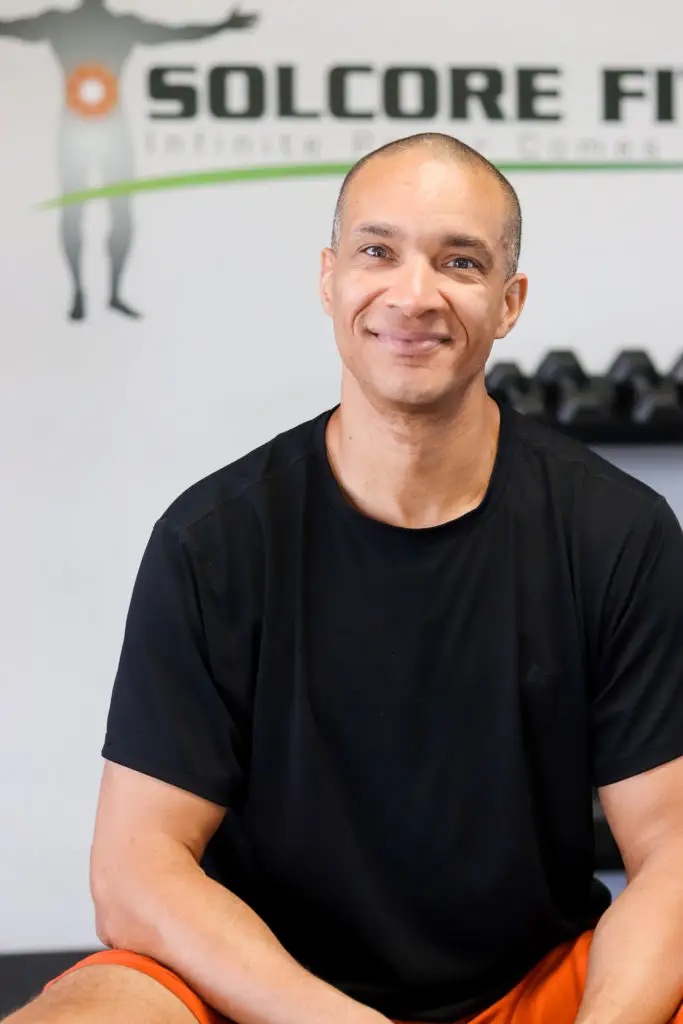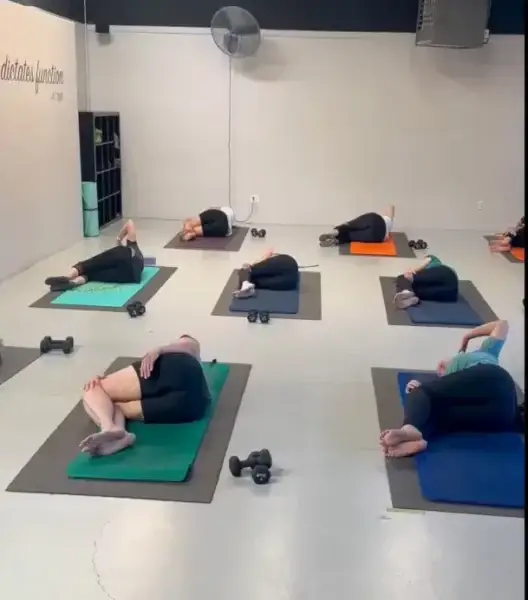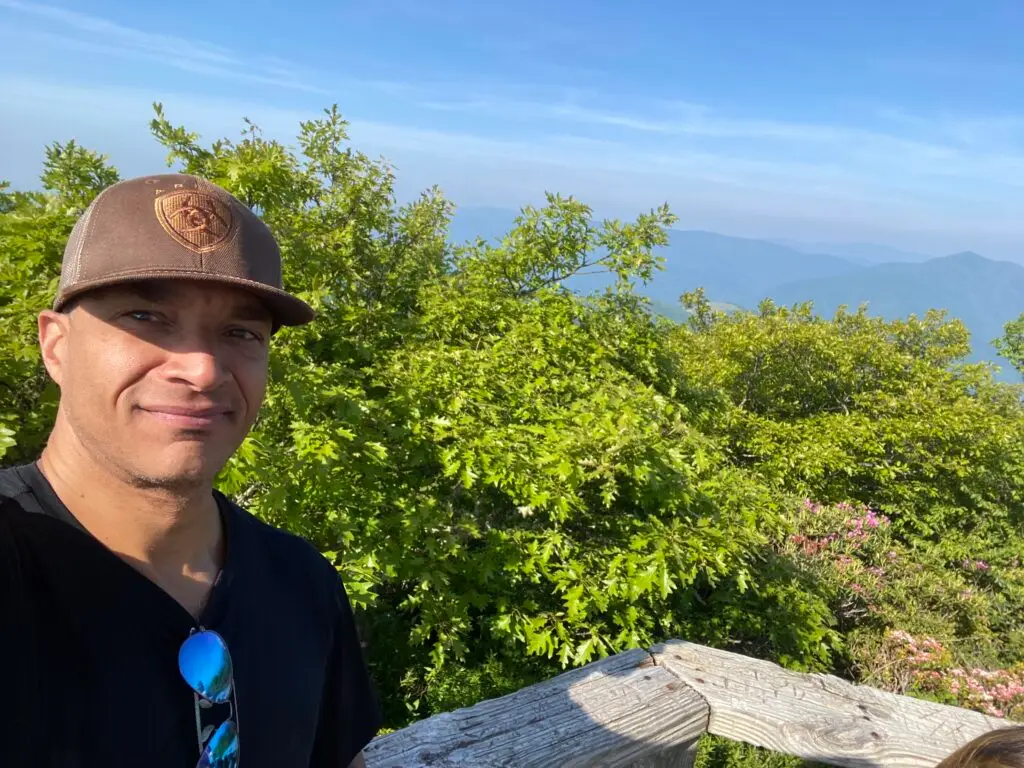
Ever found yourself declaring “health is a top priority” yet spending nights on the couch snacking and skipping workouts? Most of us live with cognitive dissonance—the clash between our stated values and our actual choices. The trick to real change is bringing alignment.
Take “Karen,” a client who swore her values were family and longevity. Her actions? Working until midnight, eating out, avoiding movement routines. In coaching, we dug deeper. Did she really value health, or was she just expressing what she thought she “should” say?
Step 1: Identify Real vs. Imagined Values
Ask yourself:
- Do your actions reflect what matters, or what’s supposed to matter?
- What habits fill your calendar—work, relaxation, connection, play?
- Who do you admire, and what would they actually do?
Karen realized her value was actually “providing for her family,” but she saw how neglecting her own health would cost her time, money, and energy in the long run. Gradually, she realigned her routines—coordinating meal prep with family time, integrating walks into her workday, sharing fitness goals with her kids.
Step 2: Concrete Habits Build Aligned Action
Values become powerful only when expressed daily. If you value independence, you’ll invest in mobility and strength. If you value learning, you’ll pursue new skills. If you value presence, screen time and multitasking will decrease.
Step 3: Bridge Theory and Practice
Knowing what matters is only half the battle; integrating it requires support. At SolCore Fitness, every [Holistic exercise program] starts with a clarification of values. Clients state not just “I want to be fit” but “I value energy for my grandkids,” “I value time hiking with friends,” “I value a pain-free morning.” We build actionable steps—daily mobility, mindful food, recovery rituals—rooted in these values.
Step 4: Commit Even When It’s Uncomfortable
The path to lasting change includes discomfort. You might need to say no to a second helping, yes to a 6am stretch, or ok to missing a favorite show for sleep. These sacrifices, rooted in values, build self-respect and visible progress.
Step 5: Seek Guidance and Structure
Laypeople often struggle to turn value statements into lasting routines. That’s why collaborating with experts, scheduling accountability, and structuring feedback loops works so well. Whether it’s a group class, a coaching program, or a guided habit tracker, accountability accelerates transformation.
Stories from Real Life
Karen reported fewer days of overwhelm, with her family eating better and moving together. Her energy, productivity, and mood improved. She noticed that aligning values and habits had ripple effects: stronger relationships, less stress, and more positive modeling for her kids.
Ready for Change?
Aligning actions with values isn’t quick—but embracing discomfort for the sake of what matters is the key to success. Discover how a true Holistic exercise program can help you identify, commit, and live your deepest values.
It’s not just working out, it’s building a foundation for a better life.
Find out more @









